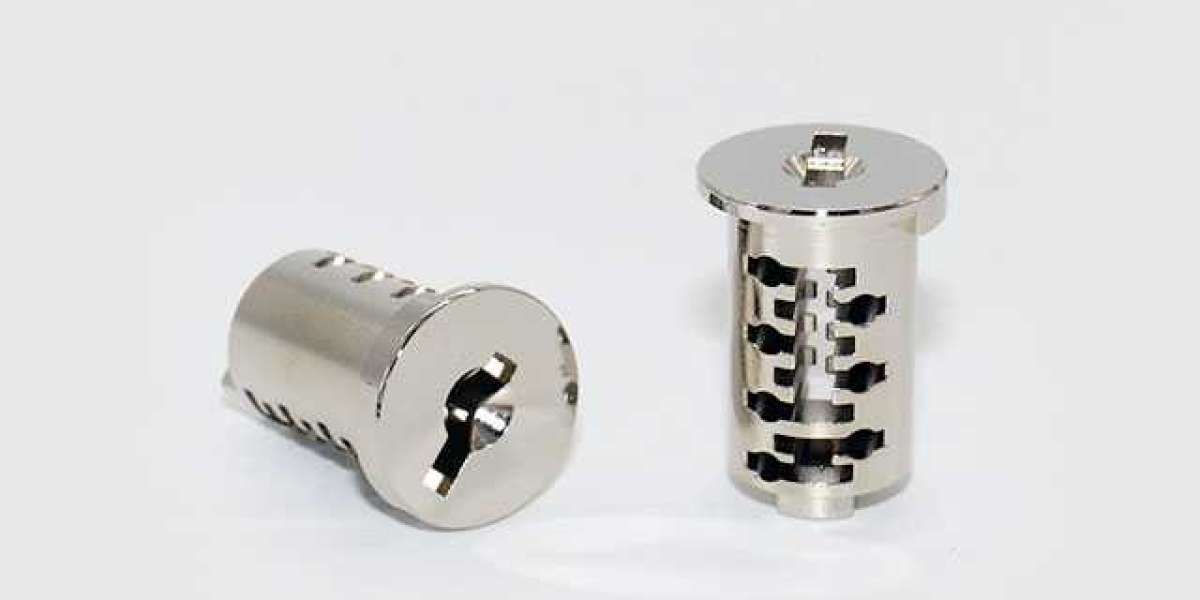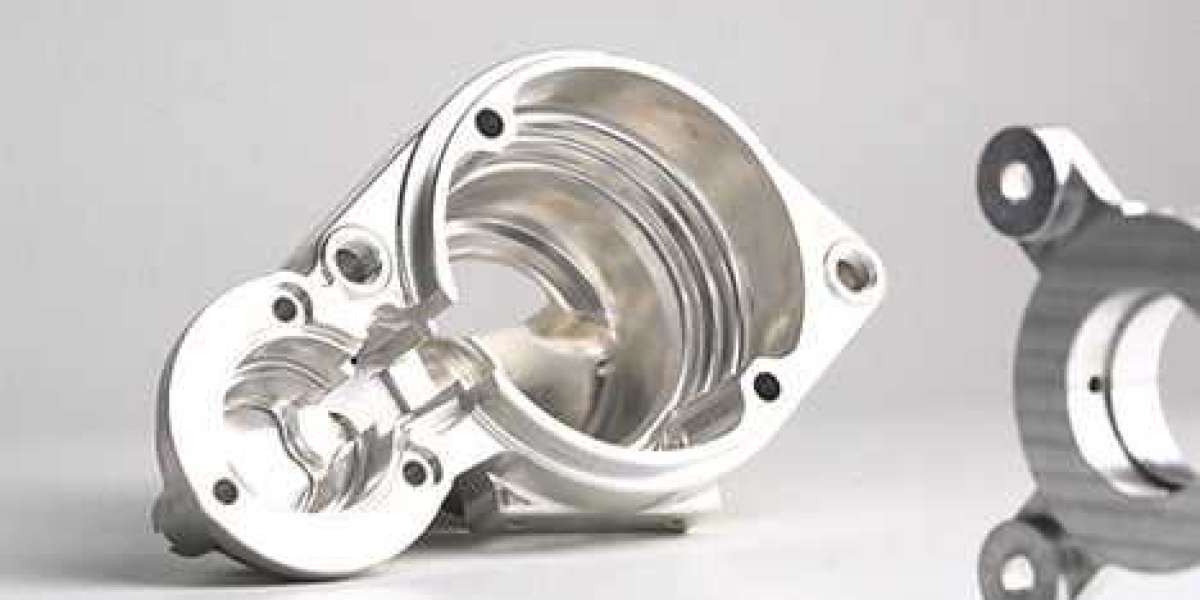Research into the deformation status of precision and complex molds, as well as the causes of deformation, in order to investigate potential methods to reduce and control the deformation of precision and complex molds, with the end goal of improving the quality of mold products and their service lives. The impact of mold material on the decision-making process for selecting mold materials. The required hardness range is between 56 and 60 HRC. After some time, the company decided to make the mold out of micro-deformation steel Cr12 steel.
Measures of safety precautionMicro-deformation steels, such as air-quenched steels, should be utilized on as large of a scale as is practically possible during the manufacturing process of precise and complex molds that call for a lower degree of deformation. The effect of the materials used in moldsA batch of Cr12MoV steel was shipped out by a factory to be used in the production of more intricate molds. Each of the molds has a circle with a diameter of approximately 60 millimeters. After the heat treatment of the mold, some of the round holes in the mold take on an elliptical appearance, which results in the mold having to be discarded. After performing metallographic analysis on molds that had suffered severe deformation, we discovered that the steel used to make the aluminum casting factory contains a significant number of eutectic carbides that are organized into bands and blocks. Do not attempt to save money by purchasing steel that is made from low-quality materials in mills that are not very large. The presence of inhomogeneous carbides in the mold steel, which are distributed in a particular direction, is the root cause of mold ellipse, which refers to the deformation of the mold. When compared to the matrix structure of steel, the expansion coefficient of carbides is approximately thirty percent lower.
On the forged die steel, a heat treatment called quenching and tempering should be performed in order to obtain a fine and dispersed sorbite structure as well as uniform carbide distribution. This will help to reduce the amount of deformation that occurs in precision and complex dies after the heat treatment. For molds that are larger in size or cannot be forged, a treatment called solid solution double refinement can be used to refine the carbides, distribute them evenly, and round the edges and corners, which can accomplish the goal of reducing the heat treatment deformation of the mold. This treatment, however, results in a large amount of deformation of the mold after it has been subjected to heat treatment.
Because the thickness of the mold is uneven or there are sharp rounded corners, the thermal stress and tissue stress between the various parts of the mold are different during quenching. This difference in stress leads to a difference in the volume expansion of each part, which in turn causes the mold to deform after quenching. The reason for this is because the thickness of the mold is uneven. When designing the mold, in the case of meeting the actual production needs, the disparity in thickness and asymmetric structure of the mold should be minimized. Additionally, a structural design such as a smooth transition should be adopted as much as possible at the junction of the thickness of the mold. This is to ensure that the mold will function properly. It is possible to use a combined structure to achieve uniform cooling throughout the quenching process for molds that have particularly complex shapes.
It is common for the factory to be the location of both the process of manufacturing molds and the influence of residual stress. After being heated, some molds with intricate designs and stringent requirements for precision have a significant degree of deformation. The mold undergoes a greater amount of deformation as a result of the heat treatment because the residual stress from the machining process and the stress after quenching are superimposed on one another. After rough machining and prior to semi-finishing, a stress relief annealing should be performed. This entails either annealing at (630-680) °C for (3-4) hours followed by furnace cooling to temperatures lower than 500 °C and subsequent air cooling, or performing the stress relief treatment at 400 °C for (2-3) hours. The use of an isothermal quenching process can reduce the residual stress zinc die castings that is caused by quenching. Additionally, the above measures can reduce the residual stress that is caused by quenching on the mold after it has been quenched, resulting in minimal deformation of the mold. When it comes to molds, and especially when it comes to complex molds, whether or not the processing technology is correct can often have a significant impact on the degree to which the mold deforms.
When the steel is heated, the uneven temperature of each part in the same mold (that is, uneven heating) will inevitably cause the inconsistency of the expansion of each part in the mold, thus forming Uneven internal stress. This is because any metal will expand when heated.
Uneven heating causes a significant amount of thermal stress at temperatures below the phase transition point of steel, whereas uneven heating that occurs at temperatures above the phase transition point causes anisochronism of tissue transformation, which not only causes tissue stress but also causes thermal stress. Therefore, the greater the stress and the greater the deformation of the mold after it has been subjected to heat treatment, the faster the heating rate, the greater the temperature difference between the surface and the center of the mold, and the faster the heating rate. When compared to the deformation caused by heating in a salt bath furnace followed by quenching, the deformation caused by quenching in a mold vacuum is significantly less severe. Low-alloy steel molds can be preheated at temperatures between 550 and 620 degrees Celsius; high-alloy steel molds require secondary preheating at temperatures between 550 and 620 degrees Celsius and 800-850 degrees Celsius.








